
Diversity, Ecology and Evolution of Microbes (DEEM) team. Posts by David Moreira. #treeoflife #evolution
Paris, France
https://www.deemteam.fr/en/
AgroParisTech; Université Paris-Saclay; Écologie, Systématique et Évolution; Centre National de la Recherche Scientifique • Microbial Community Ecology and Physiology, Protist diversity and phylogeny, Genomics and Phylogenetic Studies
Reposted by David Moreira

🪆nested archaeal symbioses
🌱microbiota driven drought responses in plants
🏗️ BAM complex in Bacteroidota
💨microbial fermentative growth in the gut
🍸hospital-specific phage therapy cocktail
and much more..!
www.nature.com/nmicrobiol/v...
Reposted by David Moreira

🔗 doi.org/10.1093/gbe/evaf190
#genome #evolution
Reposted by Mart Krupovìč, Maria Faticov

rdcu.be/eLtCH
Reposted by George A. O’Toole, David Moreira, Nicole Dubilier
Reposted by David Moreira
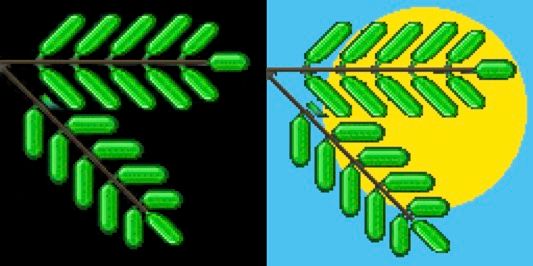
@bembidion.bsky.social
Reposted by Simon Roux, David Moreira

academic.oup.com/nar/advance-...
Reposted by Mart Krupovìč, David Moreira

Out now in Nature Microbiology, by Yifan Zhou, Mart Krupovic & colleagues.
@mkrupovic.bsky.social
@yifanzhou.bsky.social
@deemteam.bsky.social
www.nature.com/articles/s41...
Reposted by David Moreira

( www.nature.com/articles/s41... ):
www.nature.com/articles/s41...
Reposted by Simon Roux, David Moreira
@mkrupovic.bsky.social @deemteam.bsky.social @anagtz.bsky.social
www.nature.com/articles/s41...

Free access link: rdcu.be/eLtCH
🧵 by @yifanzhou.bsky.social 👇

doi.org/10.1093/fems...
Reposted by David Moreira

🔗 doi.org/10.1093/molbev/msaf167
#evobio #molbio


Reposted by David Moreira


onlinelibrary.wiley.com/doi/epdf/10....
Reposted by Simon Roux, David Moreira, Jason Stajich
#microsky
Reposted by David Moreira

www.biorxiv.org/content/10.1...
Reposted by Simon Roux

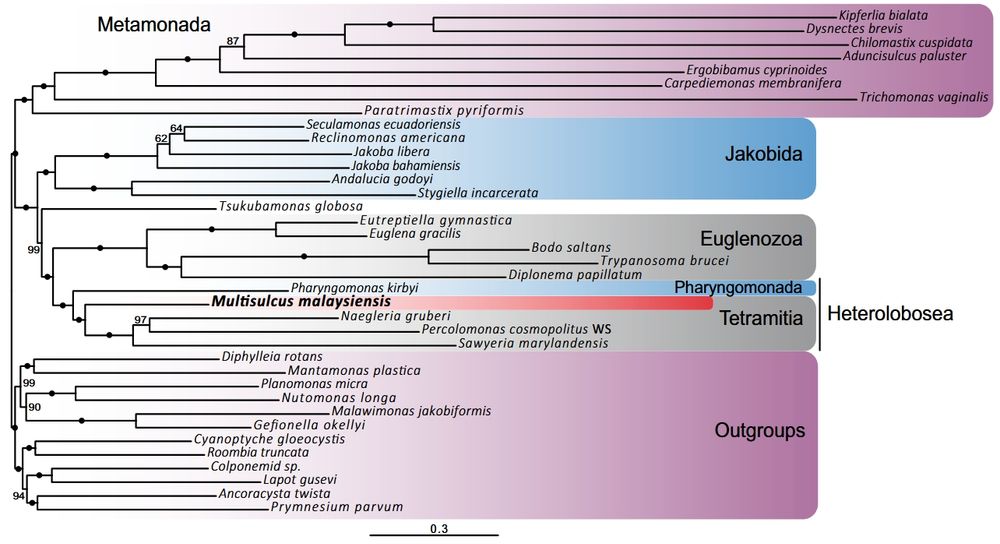
onlinelibrary.wiley.com/doi/epdf/10....
Reposted by David Moreira

Reposted by Jonathan A. Eisen, Simon Roux, David Moreira , and 1 more Jonathan A. Eisen, Simon Roux, David Moreira, Marc Strous
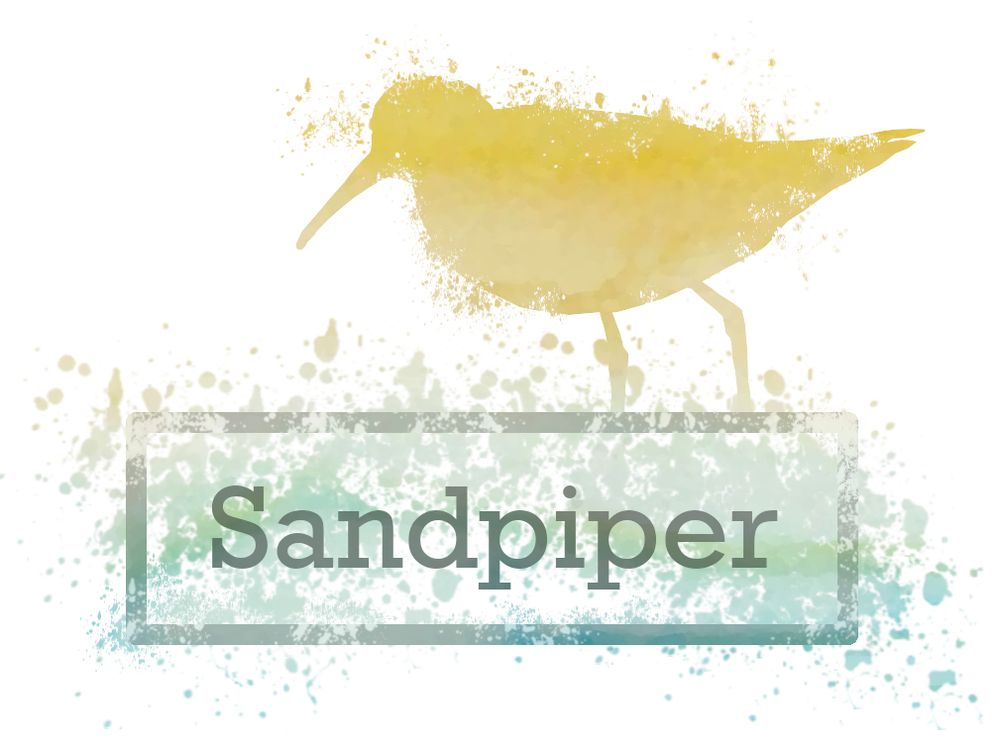

academic.oup.com/mbe/article/...
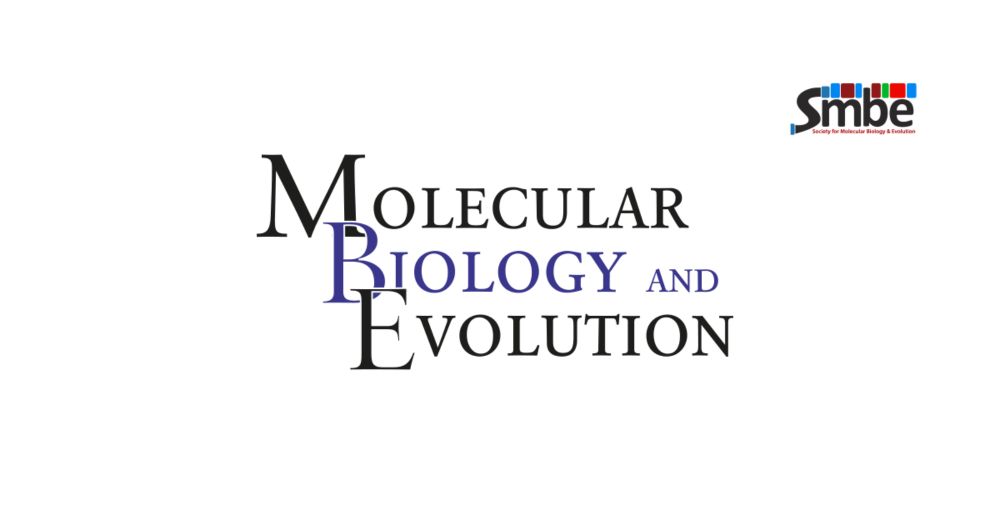
academic.oup.com/mbe/article/...

Reposted by David Moreira

Puri López-García est chercheuse en biologie et directrice de recherche @cnrs.fr au laboratoire Écologie, société et évolution (ESE - Univ. Paris-Saclay/CNRS/AgroParisTech).
🔗 tinyurl.com/2cm7zn27
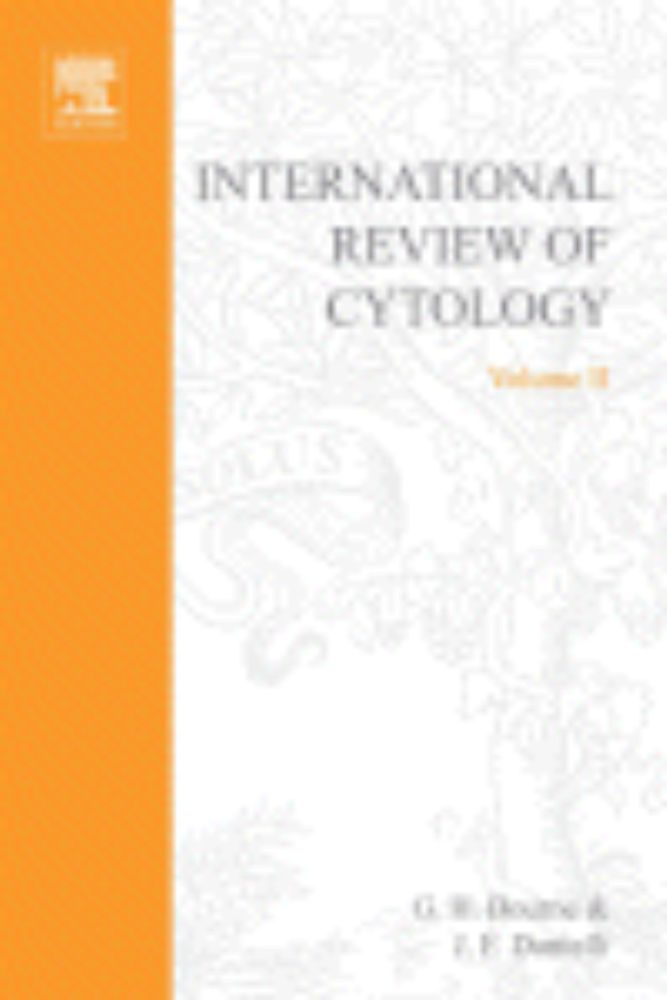
www.sciencedirect.com/science/arti...

